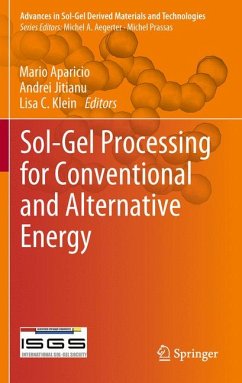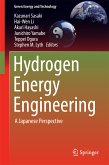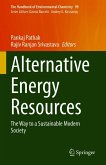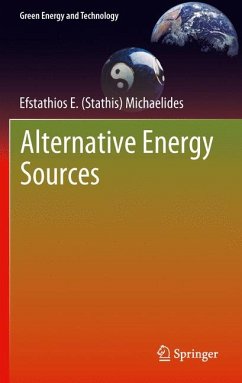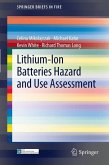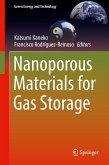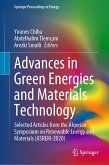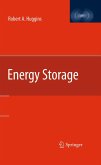This book also:
- Organizes the information about sol-gel processing in energy systems into one volume
- Addresses energy applications of materials both in terms of energy conversion and in terms of energy storage
- Discusses the role of sol-gel processing in meeting the challenge of making solar energy affordable
- Address other ways to make conventional energy and alternative energy affordable and clean
Sol-Gel Processing for Conventional and Alternative Energy is ideal for researchers working in industry, academia, and national laboratories with interest and professional competence in materials for energy storage and energy conversion. This book will also be useful to senior year and graduate students pursuing a degree in chemistry, electrochemistry, solid state physics,chemical engineering, materials science and engineering, and mechanical engineering.
Dieser Download kann aus rechtlichen Gründen nur mit Rechnungsadresse in A, B, BG, CY, CZ, D, DK, EW, E, FIN, F, GR, HR, H, IRL, I, LT, L, LR, M, NL, PL, P, R, S, SLO, SK ausgeliefert werden.

